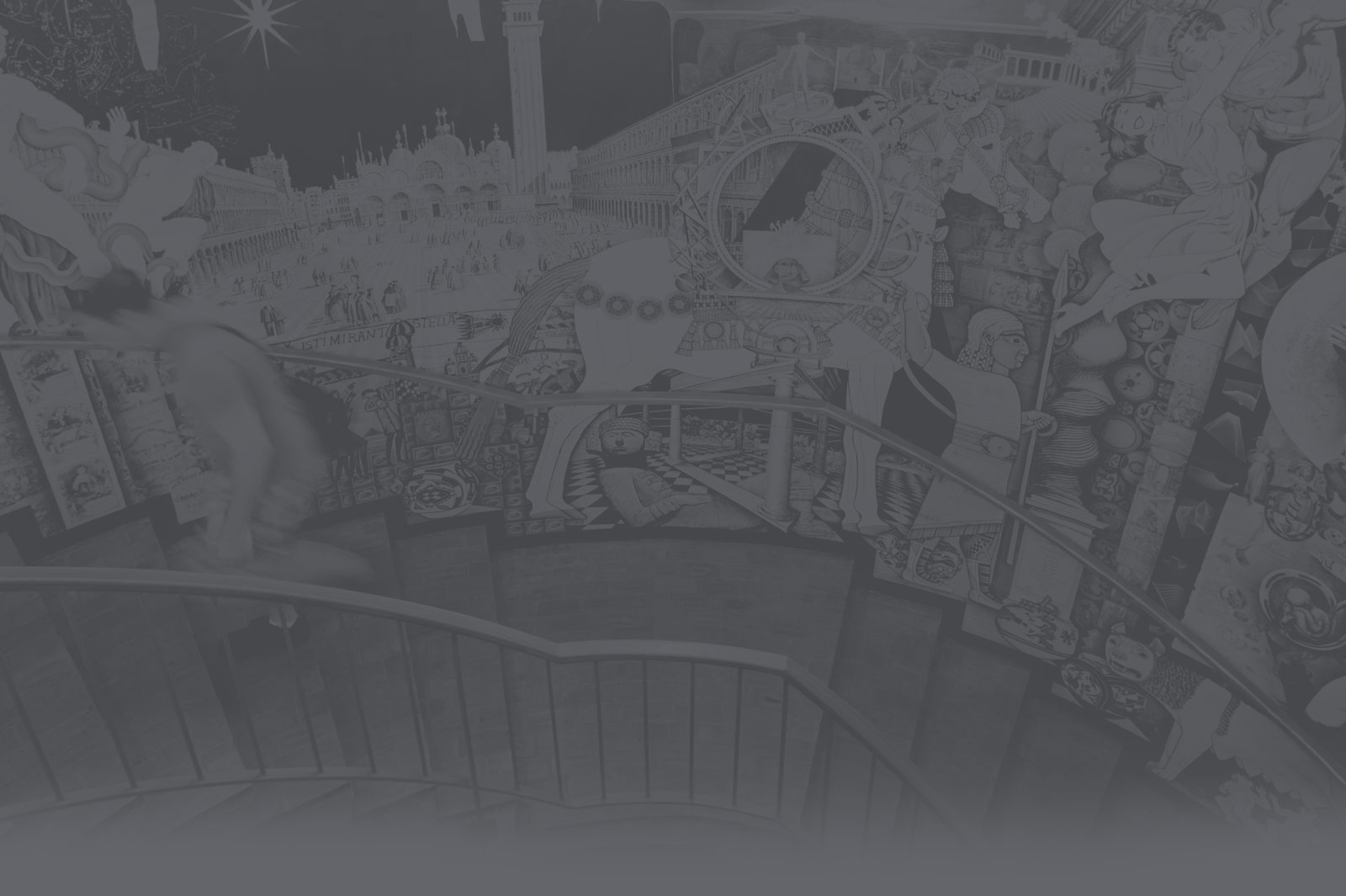We asked the 2021 Mellon Institute students to sit down with us and tell us a little about themselves and their research process. Zoe Grout (Trinity ‘22), Samantha Henry (Trinity ‘22), Ardi Saunders (Trinity ‘22), and Hope Walker-Tamboli (Trinity ‘23) along with mentors University Archivist Abra Schnur, Dr. Lauren Turek, and Dr. Carey Latimore have been working through the summer on The Trinity University Women’s Athletic Oral History Project. After reading their interviews be sure to take some time and check out their digital exhibit to learn more about the untold stories and history of women athletes at Trinity University.
 Tell us a little about yourself.
Tell us a little about yourself.
Ardi – I’m a rising senior Ancient Mediterranean Studies major and a participant on the Trinity cross country and track teams.
Hope – I’m a junior Environmental Studies major and an Ancient Mediterranean Studies minor.
Sam – I’m a senior Anthropology major and African American Studies minor. I also play for the women’s basketball team!
Zoe – I’m a senior English major with minors in religion and geosciences. I am also the incoming president of the TU Archives Student Advocates (TUASA)!
What was your selection and research process like for the creation of the digital exhibits?
Ardi – It started with background research about intercollegiate women’s sports. After that, I started in the digital archives of the Trinitonian, Mirage, and Courses of Study Bulletins. Once comfortable with these, I also pulled from the physical archives for the other exhibits. Once I knew the sport, years, or person I wanted information on, I tried various buzzwords through the archive databases. I had to be prepared to look through tons of information in various places. A key part of an engaging exhibit is the visuals, so I’ve spent a lot of time on finding powerful photos to construct the stories around. As a team, we worked to use as much unpublished material as possible to surface these untold narratives.
Sam – I began with getting as much information as possible on women’s intercollegiate athletics, especially the athletics at Trinity. To continue my research, I used oral histories, digital archives, and physical archives to find what story I wanted to tell. From conversation with my colleagues and thinking about women’s athletics today, I had an idea to create an exhibit for “the bigger picture” of the intersectionality between women and athletics. I was able to use those resources to really focus on specific themes for the project.
What surprised you about preparing everything for the digital exhibit space?
Hope – It’s a lot more accessible than I was expecting. We’re using the platform Omeka to create our digital exhibit space, and while there are certainly tricky aspects of using it, much of the work can be done by someone without any advanced computer knowledge. It’s really more about the technicalities of the archival information than it is about getting any code or anything right, which I think is really important. The more accessible these kinds of platforms are to historians and archivists and even laypeople, the more information we can preserve and display and use to cultivate a greater interest in our history.
What was the most challenging part about the development of the digital exhibit space?
Zoe – I think the biggest challenge for me was simply making decisions about what to include, and even more so, how to include it. One of my major roles was writing text for the timeline exhibit and at first it seemed like it would be fairly simple – it’s just writing what I already know! But then I had to think to myself “Ok, how much do I need to write? How much would I want to know?” So considering the audience was always on my mind, much more than it would be when I’m writing a paper. Then I needed to decide what tone to take – it’s really easy to paint these events with my own thoughts and comments. It took a lot of editing to get the information across without letting myself seep in too much.
If you could have a super power, what would it be?
Ardi – I would love to shapeshift! I want to run like an ocelot, swim like an otter, and fly like a bat.
Hope – I also have to go with shapeshifting! It’s a power with no real limitations; you can be literally anything or anyone you want to be.
Sam – Well, I LOVE to travel so of course teleportation. On a beach one minute, in the mountains the next!
Zoe – I also wish I was a shapeshifter! It’s like every superpower in one – you can turn into a bug to fly or an inchworm to be pretty invisible.
